Search
Search Results
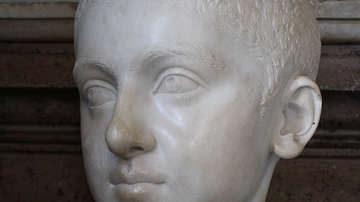
Image
Severus Alexander Bust, Vatican Museums
A marble bust of Roman emperor Severus Alexander, r. 222-235 CE. (The Vatican Museums, Rome).
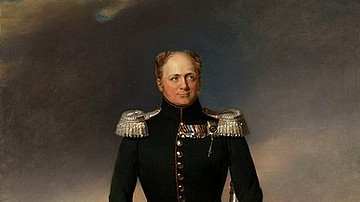
Image
Alexander I, Emperor of Russia
Emperor Alexander I of Russia (r. 1801-1825), oil on canvas portrait by George Dawe, c. 1818-1825.
British Royal Collection.
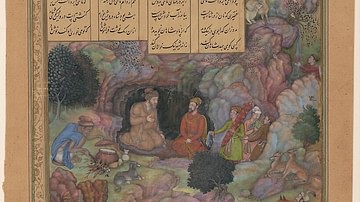
Image
Alexander Visits the Sage Plato in his Mountain Cave
An illustration from the Khamsa (Quintet) by the Indian poet Amir Khusrau (1253–1325). The scene shows (on the right) Alexander the Great, who in Khusrau’s work travels extensively, including in search of spritiual enlightenment. The Greek...
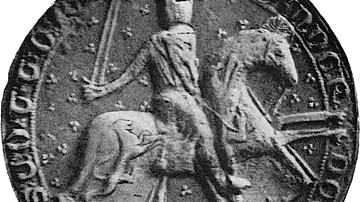
Image
Great Seal of Alexander III of Scotland
The great seal of Alexander III of Scotland (r. 1249-1286 CE).
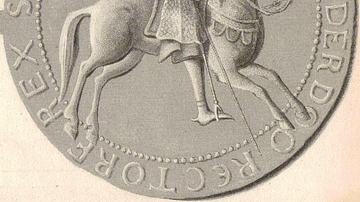
Image
Seal of Alexander I of Scotland
The Great Seal of Alexander I of Scotland (r. 1107-1124 CE).
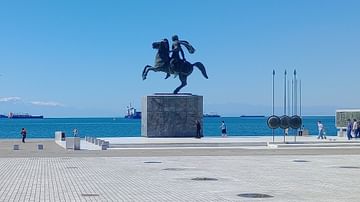
Image
The Statue of Alexander the Great, Thessaloniki
The statue of Alexander the Great was erected in 1973 in Thessaloniki, Greece. It was symbolically built to look toward the east, while Mt. Olympus emerges in the background.
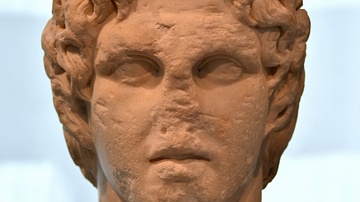
Image
Head of Alexander as Crown Prince
The image of the young Alexander (r. 356 - 323 BCE) is already characterized by a tuft of hair springing up from his forehead and long, flowing hair. Yet, the emotional expression and the gaze into the distance of later portraits are missing...
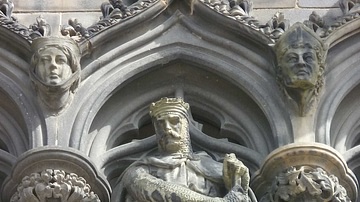
Image
Statue of Alexander III of Scotland
A statue of Alexander III of Scotland (r. 1249-1286 CE) on the exterior of Saint Giles' Cathedral, Edinburgh.
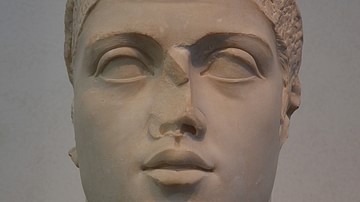
Image
Alexander Severus
Portrait of Roman Emperor Alexander Severus (reign: 222 – 235 CE), from Ostia Antica. (Palazzo Massimo alle Terme, Rome)
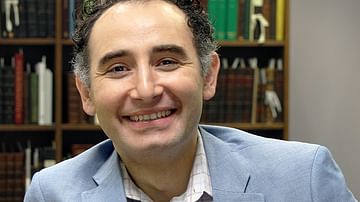
Image
Alexander Mikaberidze
Alexander Mikaberidze, the author of Kutuzov: A Life in War and Peace.